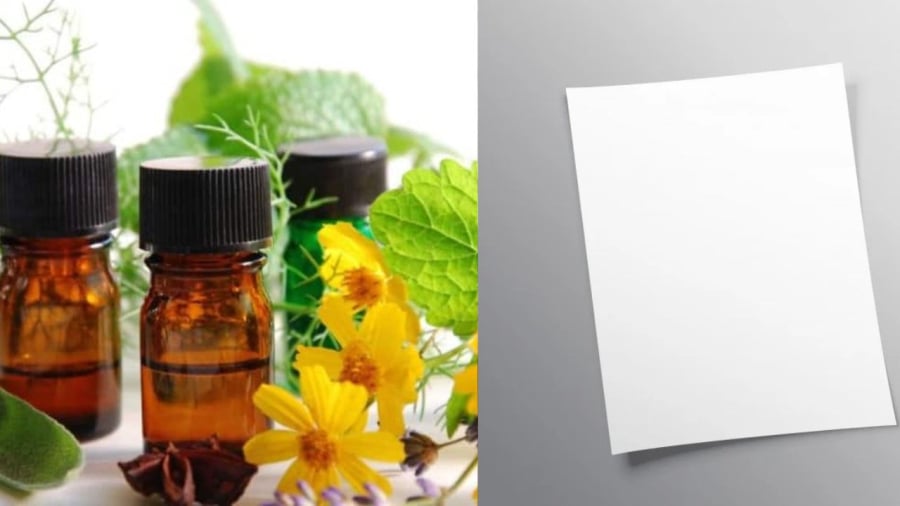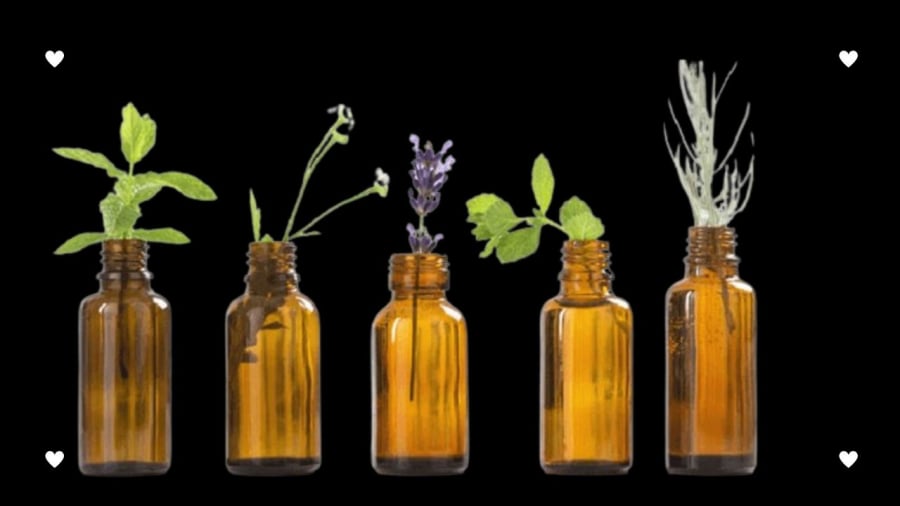Distinguishing between pure and adulterated essential oils can be a challenge, especially for those who are not connoisseurs. While some may be able to identify the difference by scent alone, it becomes more difficult when dealing with highly adulterated or uncommon oils. One common method used is to drip a few drops of the oil onto a piece of paper.
Pure essential oils will evaporate quickly, leaving the paper dry and without any oily residue. On the other hand, adulterated oils will take longer to evaporate, often leaving an oily stain on the paper, similar to that of cooking oil. As essential oils are typically lighter, they evaporate faster, whereas adulterated oils tend to contain added water or fatty oils.
Here are some additional tips to help you identify pure essential oils:

Observe the Difference on a Piece of Paper
Shake the Bottle
When you shake a bottle of pure essential oil, you will notice that it forms bubbles, but these bubbles dissipate quickly once you stop shaking. In contrast, adulterated oils will produce a significant amount of bubbles that take a long time to disappear.
Apply a Drop to Your Skin
Place a drop of the oil on your hand and rub it in. Pure essential oils will absorb quickly into the skin without leaving a greasy residue. Adulterated oils, on the other hand, will make your skin feel sticky.
Add a Drop to Water
Take a glass of filtered water and add a few drops of the essential oil. Pure essential oils will not sink or dissolve in water but will instead float on the surface. Conversely, lower-quality oils will sink to the bottom of the glass and eventually dissolve in the water.
Pay Attention to the Origin
Europe is renowned for producing high-quality essential oils. The distillation and production processes in Europe adhere to stringent pharmaceutical standards, ensuring superior oil quality. Typically, raw essential oils are sent to Europe for further processing, filtration, and purification before being distributed to other countries.

Pure Essential Oils Are Pricier
Look for Certifications
Reputable organizations in Europe, such as Ecocert, Kosher, or Bio, provide certifications for premium essential oil products. Keep an eye out for these seals of approval.
Consider the Price
Producing pure essential oils requires a large quantity of raw materials, which drives up the cost. To obtain 10ml of oil, manufacturers need to process a substantial volume of plant matter. As a result, the retail price of common pure essential oils typically ranges between $9 and $10. If you come across cheaper oils, they are likely adulterated or contain added fragrances.
Use Your Sense of Smell
When purchasing essential oils, take a whiff. Pure essential oils should not have an overpowering or harsh scent. Instead, they should have a subtle fragrance that is two to three times stronger than the source plant material. Oils produced through distillation will have a lighter color and consistency, and they will flow more easily when poured. In contrast, oils extracted through expression or centrifugation will have a thicker consistency and a more intense color and aroma. They will also pour more slowly.
If you detect a strong, alcohol-like odor, it likely indicates the presence of synthetic fragrances.
Observe Their Behavior in a Diffuser
Pure essential oils have a unique characteristic: they only release a strong fragrance when heated using methods such as electric or candle diffusers, or when applied to fabrics. They will not emit a strong scent when used in a spray diffuser and may even corrode the plastic components inside.

































